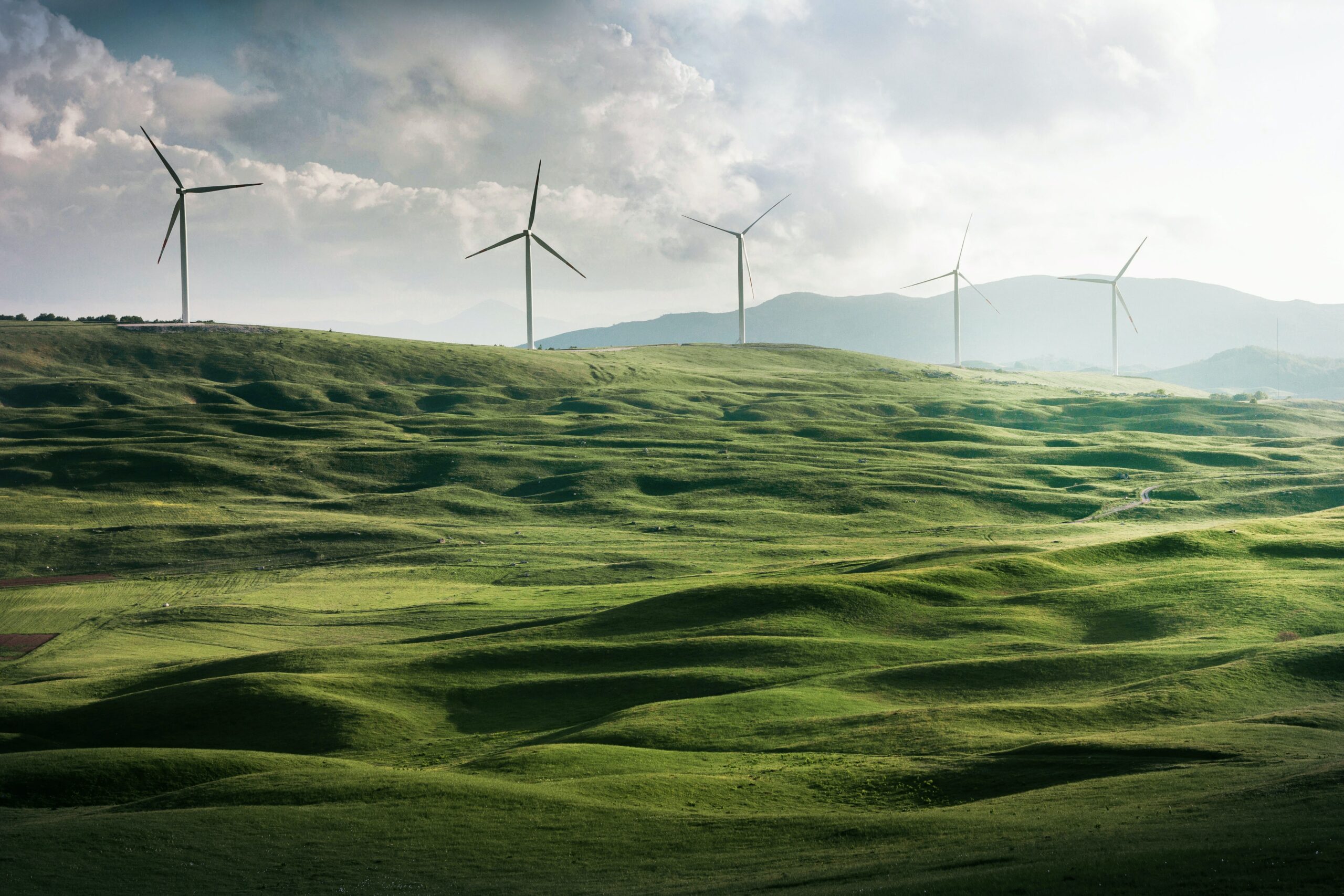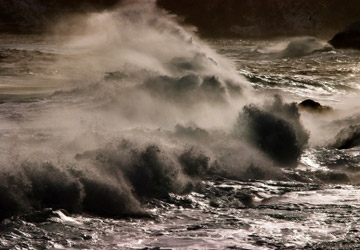Scientists Splash into Underwater Energy Storage
Like flooding a submarine: a novel use of water pressure
Ingenious scientists have come up with a novel method of storing energy – the use of water pressure to keep it at the bottom of the sea until needed.
The idea came from a German engineer and expert in aerospace technology called Rainer Schramm, “Imagine opening a hatch in a submarine under water. The water will flow into the submarine with enormous force. It is precisely this energy potential we want to utilise,” explained Schramm, inventor and founder of the company Subhydro AS. “Many people have launched the idea of storing energy by exploiting the pressure at the seabed, but we are the first in the world to apply a specific patent-pending technology to make this possible,” he added.
In partnership with Norwegian research organisation SINTEF, a group of scientists have developed an underwater pumped storage concept. Pumped storage is nothing new – off-peak electricity is used to pump water uphill; when needed it is then allowed to cascade down through turbines, just like a normal hydroelectric power station. See this article for details of the largest UK pumped storage plant
Seabed Pumped Storage
To use the water pressure at the sea bed in practice, the mechanical energy is converted by a reversible pump turbine, as in a normal pumped storage hydroelectric plant. Credit: Knut Gangåssæter/Doghouse In this pumped storage power plant the turbine will be connected to a tank on the seabed at a depth of 400-800 metres. The turbine is fitted with a valve, and when this is opened, water flows in and starts turning the turbine. The turbine drives a generator to produce electricity. As many tanks as necessary can be connected. More water tanks mean more electricity storage, and therefore that increases the duration the plant can generate electricity, before the energy storage capacity is exhausted.
Schramm calculates that there is an energy efficiency of 80% for this type of storage. If this is correct then it would be a valuable addition to the various types of electricity storage methods needed. As more renewables are added to the grid, the variability will mean that innovative technologies will be needed for storage. This concept looks promising.
The deeper the better
In addition to the number of tanks, the sea depth also determines the effectiveness of the plant: the deeper the equipment is located, the greater is the pressure difference between the sea surface and the seabed, and the more energy is stored in a single tank.
“This is part of the reason why we want to try out the technology in Norway,” says Rainer Schramm. In his native country Germany the sea is too shallow for the system to be profitable, but there are many parts of the world where great water depths are located close inshore, such as the marine areas around Italy, Portugal and Spain, as well as North and South America.
This is an interesting development and it clearly has potential if its costs make it justifiable as a storage technology.
Links:
Visit GreenJobs for the latest Marine Energy Jobs




I assume that 80% efficiency is the theoretical maximum?
I wonder what ratio they’ll get in practice?
A good question. We shall have to keep an eye on this and see how the project progresses. It may well have unforeseen drawbacks, but I thought it was an interesting idea.
Thanks for your comment,
Julian
I am curious whether this technology could be integrated into off-shore oil drilling rigs – while the depths are not so deep as to supply a huge amount of power, wonder if this could make s the rigs self sustaining instead of relying on wind or solar. Would be yet another great use that could stay in place after the rigs are decommissioned and they have created huge marine habitats instead of ripping them out causing diruption to the sea bed and the loss of the fantasic habitat created by these structures.
You’ve hit something there. From what i understand, empty spaces like depleted oil and gas fields could be used to store the water, which would reuse them and avoid the need to create artificial underwater spaces. Obviously this is a blue sky technology but thanks for your perspicacious posting.
Really good article, and a very interesting concept. It could well be another solution and feasible option for energy storage to boost the development of wind energy. Is the 400 metres a minimum for profitability or could this work in shallower waters closer to shore? In many areas to achieve depths of over 400m you need to go quite a distance from shore – is it feasible to go this far offshore?
Yes, it would seem a potential addition to the solutions to energy storage. My guess is that you wouldn’t have to go far out to sea to have sufficient pressure differential to make it work, and there would be advantages to using shallow water – less bulky containers, easier to access for maintenance, as a trade-off for more efficiency in deeper water. However that is just a guess. We shall need to see how this progresses. I shall be looking at this again when there are developments.
I certainly don’t think that building a battery stack the size of the Great Pyramid is going to be a practical method of electricity storage so we are going to have to use other methods as more renewables come onto the grid.
Agreed. And I am glad to see areas like these being examined, it holds significant potential and could be key for progress on the renewables front.
Looking forward to reading your follow up articles on this, keep up the good work!
And what of the displaced water? I`m curious as to the use of inland waters of sufficient depth and the rise and fall in levels.
Should this prove to be a significant and acceptable means of energy storage could we therefore see immense changes in tidal levels should the oceans be used for development of the idea?
I see the benefits, I fear the impact.